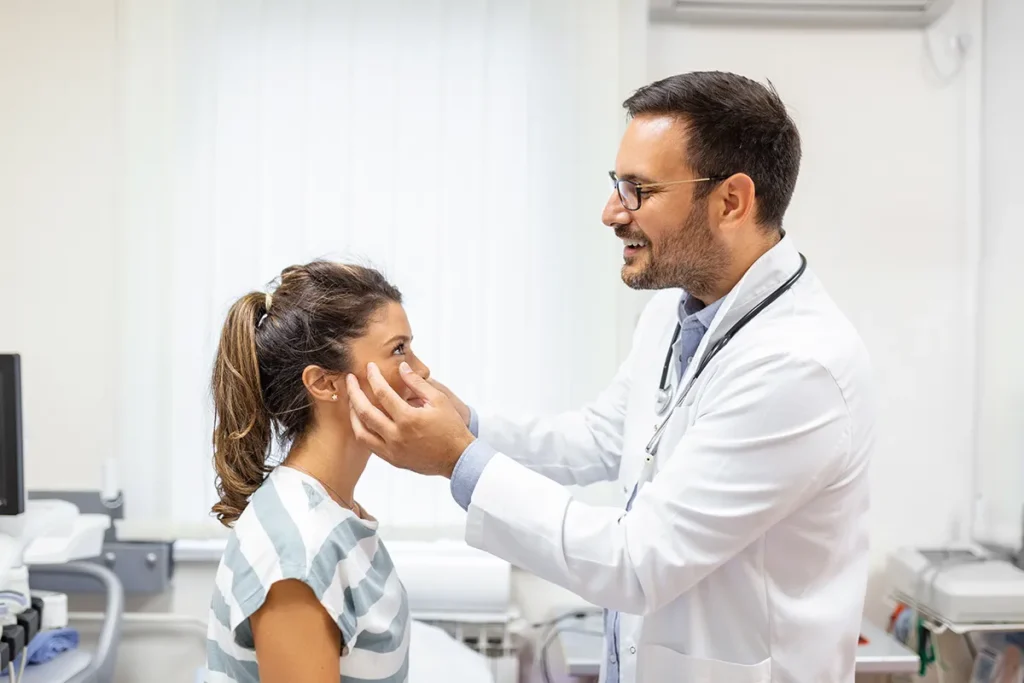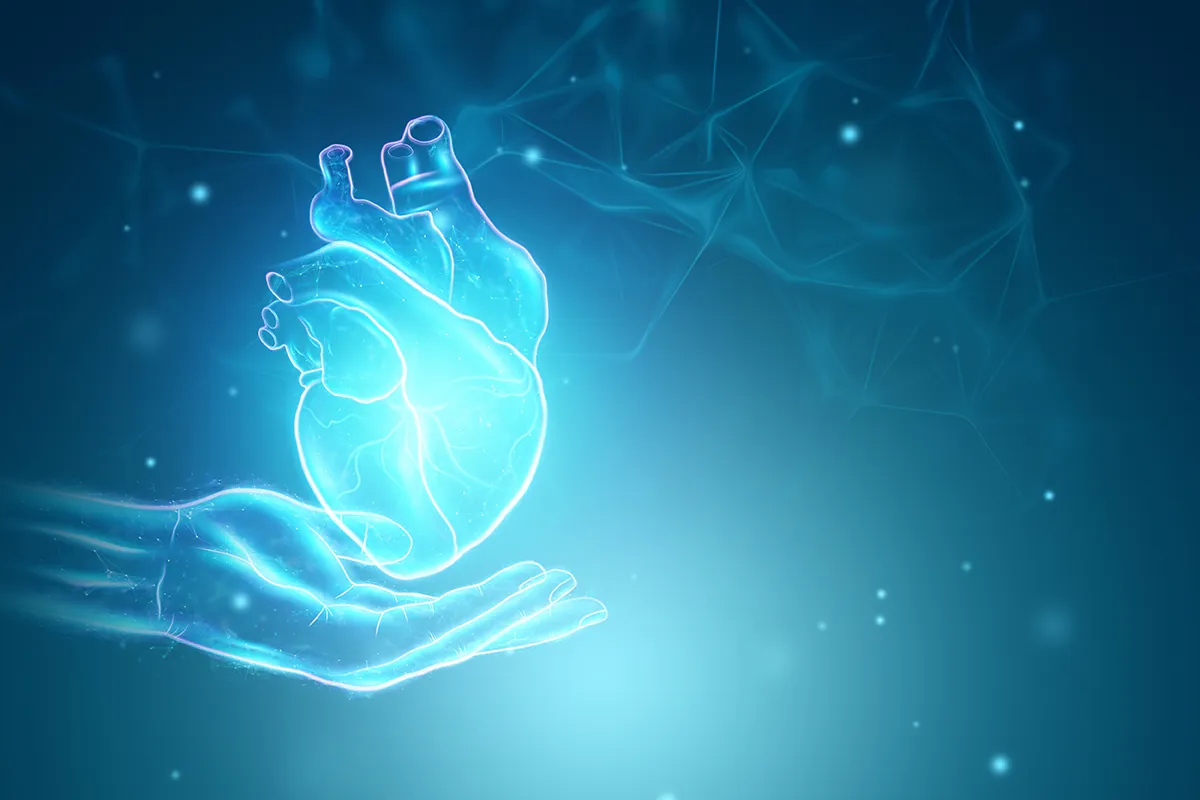
Maximize the protection for banking both HSCs, MSCs and EpSCs
Minimize GvHD in Directed and Unrelated Allogenic Transplants
The rich source of EpSCs and MSCs and can be applied to chronic illnesses treatment
Potential Applications of Umbilical Cord Lining
Today, more than 1,000 clinical trials are on-going worldwide to uncover the potential of MSCs. Thus far, stem cell treatments have been proven safe and capable of repairing damage caused by stroke and heart disease. MSCs have also been used in combination with HSCs as a dual therapy to promote faster engraftment of HSCs and to reduce immune system complications.
Although there is evidence that MSC can change to certain types of EC (not stem cells), these cells cannot be changed into Epithelial Stem Cells (EpSCs). The difference between EpSCs and ECs is that EpSCs can differentiate into all different ECs types such as skin, cornea, lining of the gut, etc. on demand. Whereas ECs have already reached terminal differentiation so these cells cannot be further differentiated into other EC types when needed. Thus, MSC and EpSCs cannot be replaced by each other.
Potential Applications of MSCs5
- Cardiovascular diseases (e.g. cardiac muscle repair)
- Orthopaedic applications (osteoarthritis, cartilage and tendon repair)
- Pulmonary fibrosis1
- Stroke2,3
- COVID-1922
- Neurodegenerative disease:
- Alzheimer’s disease
- Parkinson’s disease
- Developmental disorder:
- Autism Spectrum Disorder (ASD)4,5,6
- Cerebral palsy and paralysis
- Global Developmental Delay
- Spinal cord injury7
- Liver regeneration from liver failure8,9,10
- Shorten time of engraftment11
- Reduce immune system complications11
Immune modulation or reconstitution12
COVID-1922
Prevention and treatment of Graft vs Host Disease (GvHD)13
Diabetes type 1 & 214
HIV15
Crohn’s disease16
1Chuang HM, Shih TE, Lu KY, et al. Mesenchymal Stem Cell Therapy of Pulmonary Fibrosis: Improvement with Target Combination. Cell Transplant. 2018;27(11): 15811587. https://www.ncbi.nlm.nih.gov/pmc/articles/PMC6299195/
2 Wang F, Tang H, Zhu J, Zhang JH. Transplanting Mesenchymal Stem Cells for Treatment of Ischemic Stroke. Cell Transplant. 2018;27(12):1825-1834 https://www.ncbi.nlm.nih.gov/pubmed/30251564
3 Xue P, Wang M, Yan G. Mesenchymal stem cell transplantation as an effective treatment strategy for ischemic stroke in asia: a meta-analysis of controlled trials. Ther Clin Risk Manag. 2018; 14: 909928. https://www.ncbi.nlm.nih.gov/pmc/articles/PMC5957058/
4 Shane, et al. Do the Stem Cells Really Work with Autism Spectrum Disorders Associated with Neuro-Immune Interaction? Autism Open Access. 2015; 5(3) https://www.longdom.org/open-access/do-the-stem-cells-really-work-with-autism-spectrum-disorders-associatedwith-neuroimmune-interaction-2165-7890-1000151.pdf
5 Liu Q, Chen MX, Sun L, et al. Rational use of mesenchymal stem cells in the treatment of autism spectrum disorders. World J Stem Cells. 2019; 11(2): 5572. https://www.ncbi.nlm.nih.gov/pmc/articles/PMC6397804/
6 Siniscalco D, Kannan S, Semprn-Hern¡ndez N, et al. Stem cell therapy in autism: recent insights. Stem Cells Cloning. 2018; 11: 5567. https://www.ncbi.nlm.nih.gov/pmc/articles/PMC6204871/
7 Xu P, Yang X. The Efficacy and Safety of Mesenchymal Stem Cell Transplantation for Spinal Cord Injury Patients: A Meta-Analysis and Systematic Review. Cell Transplant. 2019; 28(1): 3646. https://www.ncbi.nlm.nih.gov/pmc/articles/PMC6322141/
8 Alfaifi M, Eom YW, Newsome PN, et al. Mesenchymal stromal cell therapy for liver diseases. J Hepatol. 2018;68(6):1272-1285. https://www.ncbi.nlm.nih.gov/pubmed/29425678
9 Maria P. de Miguel, I. Prieto, et al. Mesenchymal Stem Cells for Liver Regeneration in Liver Failure: From Experimental Models to Clinical Trials. Stem Cells International. 2019:3945672 https://www.hindawi.com/journals/sci/2019/3945672/
10 Wang YH, Wu DB, Chen B, et al. Progress in mesenchymal stem cellâÂÂbased therapy for acute liver failure. Stem Cell Research & Therapy. 2018;9(1):227 https://www.ncbi.nlm.nih.gov/pmc/articles/PMC6109312/
11 Crippa S, Bernardo ME. Mesenchymal Stromal Cells: Role in the BM Niche and in the Support of Hematopoietic Stem Cell Transplantation. HemaSphere. 2018;2:6. https://journals.lww.com/hemasphere/Fulltext/2018/12000/Mesenchymal_Stromal_Cells__Role_in_the_BM_Niche.5.aspx
12 Damien P, Allan DS. Regenerative Therapy and Immune Modulation Using Umbilical Cord Blood-Derived Cells. Biol Blood Marrow Transplant. 2015;21(9):1545-54. https://www.bbmt.org/article/S1083-8791(15)00379-1/pdf
13 Zhao L, Chen S, Yang P, et al. The role of mesenchymal stem cells in hematopoietic stem cell transplantation: prevention and treatment of graft-versus-host disease. Stem Cell Research & Therapy. 2019; 10: 182 https://stemcellres.biomedcentral.com/articles/10.1186/s13287-019-1287-9
14 Clinical trials .Gov Website. Last accessed September 25, 2019 https://clinicaltrials.gov/ct2/results?cond=diabetes+mesenchymal+stem+cells&Search=Apply&recrs=b&recrs=a&recrs=f&recrs=d&recrs=e&age_v=&gndr=&type=&rslt=
15 Zhang Z, Fu J, Xu X, et al. Safety and immunological responses to human mesenchymal stem cell therapy in difficult-to-treat HIV-1-infected patients. AIDS. 2013; 27(8): 1283,1293 https://www.ncbi.nlm.nih.gov/pubmed/23925377
16 ClinicalTrials.org registry NCT01090817, NCT01157650, NCT01659762, NCT00294112, NCT00482092, NCT03901235, NCT03449069, NCT00543374, NCT03220243, NCT02445547. Last accessed September 25, 2019
22Afarid M, Sanie-Jahromi F. Mesenchymal Stem Cells and COVID-19: Cure, Prevention, and Vaccination. Stem Cells International 2021. 2021;0705:1-12
Potential Applications of EpSCs
- Disorder of upper respiratory system (eg: Repair and regeneration of bronchial epithelium for smokers)
- Surface ulcer (Diabetic)
- Various types of burn1
- Tissue trauma
- Skin wounds
- Epidermal reconstitution2
- Liver3
- Pancreatic4
- Gastrointestinal Tract5.6
Eye7
- Corneal dermoid
- Corneal scars and opacities
- Corneal ulcers
- Dry eye syndromes
- Eye injury (eg. Chemical burn)
- Limbal deficiency
- Limbal corneal insufficiency syndrome
- Ocular surface disease
- Ocular damage due to stevens johnson syndrome
- Pterygium
- Macular degenerative diseases:
- Age related myopia
- Stargardt’s macular dystrophy
1 ClinicalTrials.org registry NCT02904941, NCT03162367, NCT00856934, NCT00832156,NCT02145130, NCT03227146, NCT03229564, NCT02948023, NCT04030754, NCT03754218, NCT01655407, NCT02947737, NCT02765737, NCT00548314, NCT02325843, NCT03048188, NCT03913481, NCT02779205, NCT03791710, NCT02577861, NCT03686449. Accessed June 28, 2023.
2 Huang L, Wong YP, Gu H, et al. Stem cell-like properties of human umbilical cord lining epithelial cells and the potential for epidermal reconstitution. Cytotherapy. 2011;13:14555. https://www.ncbi.nlm.nih.gov/pubmed/20735166
3Lim R, Hodge A, Moore G, et al. A Pilot Study Evaluating the Safety of Intravenously Administered Human Amnion Epithelial Cells for the Treatment of Hepatic Fibrosis. Front Pharmacol. 2017; 8:549.
4Lim RHG, Liew JXK, Wee A, et al. Safety Evaluation of Human Cord-Lining Epithelial Stem Cells Transplantation for Liver Regeneration in a Porcine Model. Cell Transplant. 2020 Jan-Dec; 29:963689719896559.
5Fujino A, Cuchimoto Y, Mori T, et al. Evaluation of safety and efficacy of autologous oral mucosa-derived epithelial cell sheet transplantation for prevention of anastomotic restenosis in congenital esophageal atresia and congenital esophageal stenosis. Stem Cell Res Ther. 2023; 14, 86.
6Kanetaka K, Eguchi S. Regenerative medicine for the upper gastrointestinal tract. Regenerative Therapy. 2020; 15, 129-137.
7 ClinicalTrials.org registry NCT00459290, NCT00841581, NCT03916679,NCT03687632,NCT03608293, NCT02586883, NCT01722656, NCT00003704, NCT00667641, NCT02573324, NCT01166763, NCT01376349, NCT00999531, NCT00335491, NCT03519178, NCT00291135, NCT01635231. Accessed June 28, 2023.


Most Asked Questions by Parents Related to Cord Lining Banking
The MSCs in umbilical cord are able to minimize Graft Versus Host Disease (GvHD) in directed and unrelated allogenic cord blood transplants. It can be applied to chronic illnesses treatment,regenerative medicines as well as organ and tissue engineering. In addition, At present, there are more than 1,000 MSCs clinical trials6,7, including stroke, spinal cord, injury, diabetes and bone fractures, etc. Researches of stem cells therapy are growing worldwide, where MSCs become mainstream research topic, the researches mainly focus on malignancy(cancer), neurological, musculoskeletal and cardiovascular diseases, it demonstrates MSCs in umbilical cord can be used quite widely in medical aspect.
MSCs become the mainstream research topic for their great potential. Since no matching is required, MSCs can by used the babies, siblings, parents and even the grandparents. Therefore, parents should cryopreserve the primitive MSCs for future use.
Details of banking cord blood please refer to Why Storing Cord Blood.
Cord blood and umbilical cord contain two different stem cells which are widely adopted in different medical aspects. Cord blood is a rich source of HSCs which can create the blood and immune cells. Cancers, blood-related, immunity and metabolic diseases can be treated by cord blood. Umbilical cord is a rich source of MSCs which can create structural and connective tissues. Apart from minimizing GvHD in directed and unrelated allogeneic cord blood transplants, MSCs can apply to chronic illnesses treatment, regenerative medicines as well as organ and tissue engineering. Since cord blood and umbilical cord are rich sources of different types of stem cells, they may help to repair the body in different ways.
Umbilical cord is collected after the infant leaves the mother's body and the umbilical cord is cut, so the process of cord blood collection is absolutely safe and painless for both mother and infant.
For more details please refer to Umbilical Cord Collection Procedure.
Entrusted by most parents in Hong Kong1, HealthBaby has a very comprehensive service coverage. Apart from the traditional liquid nitrogen storage plan, HealthBaby also pioneered to provide the advanced BioArchive® System. All storage plan of HealthBaby adopts the expensive liquid nitrogen as storage medium to provide the most stable tempertature for stem cell viability, providing the most quality umbilical cord and cord blood storage service.
To cater for different needs of clients, HealthBaby's cord blood and umbilical cord storage plan have very flexible and comprehensive service plan. Regarding cord blood plan, clients could select the storage plan base on the storage and processing system needs. As for umbilical cord storage service, apart from the storage system choice, clients could also select the plan base on the processing system - keeping the different forms of cord based on budget.
The umbilical cord and cord blood service fee already includes registration fee, processing fee and 18 years storage fee, no any additional charge during the contracted year. Extra discounted would be provided for registering both umbilical cord and cord blood storage plan. HealthBaby existing customers and other cord blood bank customers could also enjoy special offers. Please contact us for deatils and any enquiries.
For more details of umbilical cord service plan please refer to Service Plan.
More Questions?
Contact us through any method below:
Hotline: (+852)3188-8899 / (+853)2878-6717
WhatsApp: (+852)9660-8271 or Click Here
WeChat: HealthBaby 生寶臍帶血庫
Online: Click here to submit the enquiry online
Email: enquiry@healthbaby.hk






